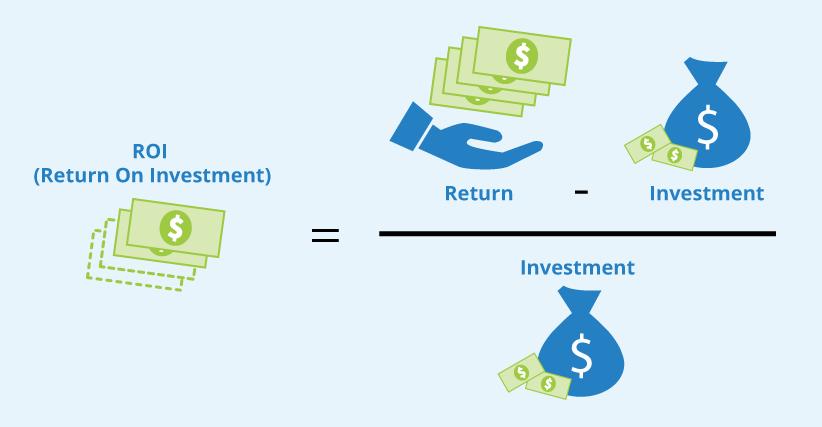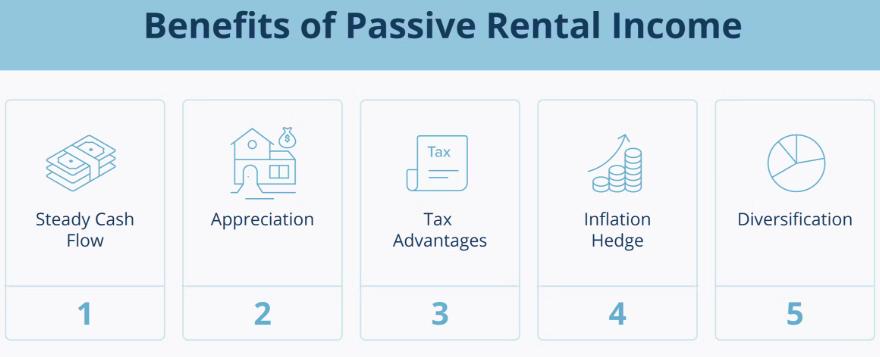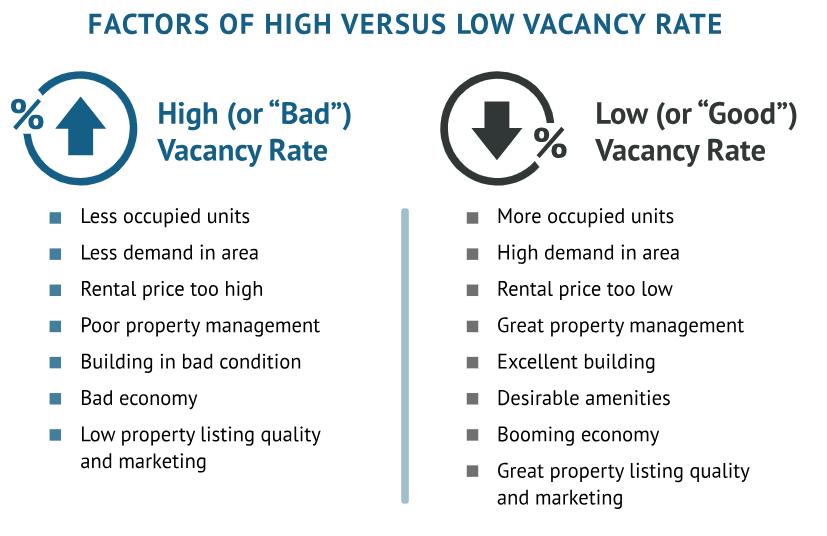Table of Contents
- Introduction
- What is Real Estate Return on Investment (ROI)?
- How to Calculate ROI in Real Estate
- How to Improve ROI in Real Estate
- Conclusion
- Faq's
Introduction
Real estate is one of the most popular investment options worldwide, known for its potential to generate wealth over time. However, not all property investments yield the same returns. To measure profitability, investors use Return on Investment (ROI) - a key metric that determines how much profit a property generates relative to its cost. Understanding ROI helps investors make informed decisions, minimize risks, and optimize their real estate portfolios.
In this guide, we'll explain what real estate ROI is, how to calculate it, and the best ways to improve your property investment returns.

What is Real Estate Return on Investment (ROI)?
ROI in real estate refers to the percentage of profit earned from a property compared to the initial investment cost. It helps investors assess the financial performance of a real estate asset, whether it's a rental property, commercial space, or a fix-and-flip project.
A higher ROI indicates a more profitable investment, while a lower ROI may suggest inefficiencies or high expenses that reduce overall returns.

How to Calculate ROI in Real Estate
There are different ways to calculate ROI based on the type of real estate investment. Here are the two most common methods:
1. ROI for Rental Properties
The basic formula for ROI in rental real estate is:

Example Calculation:
-
Purchase Price: Rs. 50,00,000
-
Annual Rental Income: Rs. 4,80,000 (Rs. 40,000 per month)
-
Annual Expenses (maintenance, taxes, insurance, etc.): Rs. 1,20,000
-
ROI Calculation:

2. ROI for Fix-and-Flip Investments
For properties that are renovated and sold at a profit, the formula is:

Example Calculation:
-
Purchase Price: Rs. 40,00,000
-
Renovation Costs: Rs. 5,00,000
-
Selling Price: Rs. 55,00,000
-
ROI Calculation:

How to Improve ROI in Real Estate
Maximizing Return on Investment (ROI) in real estate requires a combination of strategic planning, smart financial decisions, and efficient property management. Here are the most effective ways to improve ROI on real estate investments:
1. Choose the Right Location
The location of your property plays a crucial role in determining its long-term value and rental yield. A well-located property in a high-demand area appreciates faster and attracts tenants easily.
Look for:
- Growing Neighborhoods: Areas with upcoming infrastructure projects, metro connectivity, and commercial hubs.
- High Rental Demand: Locations near universities, IT parks, business districts, and transit hubs.
- Low Vacancy Rates: Avoid areas where properties remain unoccupied for long periods.
Avoid:
- Overpriced locations where market saturation limits future appreciation.
- Areas with poor connectivity, lack of amenities, or high crime rates.

2. Optimize Rental Income
Maximizing rental income without overpricing your property is key to boosting ROI.
Ways to Increase Rental Yield:
- Offer Furnished Units: Fully furnished or semi-furnished apartments attract higher rental income.
- Set Competitive Rent: Research market rates in your area and price your property competitively.
- Allow Short-Term Rentals: Platforms like Airbnb can generate more income than long-term leases in tourist-friendly locations.
- Upgrade Amenities: Features like security, parking, modular kitchens, and modern interiors attract tenants willing to pay a premium.
Mistakes to Avoid:
- Overpricing the rent, leading to higher vacancy periods.
- Ignoring tenant needs and not maintaining the property properly.

Reducing unnecessary expenses directly increases your profit margins.
Cost-Cutting Strategies:
- Energy-Efficient Upgrades: Install LED lights, solar panels, and energy-saving appliances to cut electricity bills.
- Preventive Maintenance: Regular inspections and timely repairs prevent expensive future damages.
- Negotiate Property Management Fees: If you use a property management company, negotiate a lower commission rate.
- Choose Cost-Effective Materials: Durable yet affordable materials for flooring, paint, and plumbing reduce long-term maintenance costs.
Mistakes to Avoid:
- Delaying minor repairs, leading to costlier replacements later.
- Hiring expensive contractors without comparing multiple quotes.
Choosing the right financing strategy can help improve ROI by reducing costs and maximizing cash flow.
Smart Financing Techniques:
- Low-Interest Home Loans: A good credit score helps you secure lower interest rates, reducing EMIs and boosting ROI.
- Refinancing Options: If interest rates drop, refinancing your loan can reduce overall costs.
- Use Rental Income to Cover EMIs: This reduces financial burden while allowing capital appreciation over time.
- Leverage Tax Benefits: Claim deductions on home loan interest, municipal taxes, and maintenance expenses.
Mistakes to Avoid:
- Overleveraging with high-interest loans that eat into your profits.
- Not researching loan options before borrowing.
5. Invest in Value-Adding Renovations
Renovations can significantly increase both rental income and property value, leading to higher ROI.
Best Renovations for High ROI:
- Kitchen and Bathroom Upgrades: Modernizing these spaces improves appeal and rental demand.
- Curb Appeal Enhancements: Fresh paint, well-maintained landscaping, and good lighting make a strong first impression.
- Energy-Efficient Improvements: Installing better insulation, energy-efficient windows, and smart home features can attract eco-conscious buyers and renters.
- Storage Solutions: Built-in wardrobes and extra storage space make properties more functional.
Mistakes to Avoid:
- Overspending on luxury upgrades that don't justify rental price increases.
- Making highly personalized design choices that may not appeal to buyers or tenants.
6. Reduce Vacancy Rates
A vacant property generates zero income while still incurring maintenance costs, lowering overall ROI.
How to Keep Your Property Occupied:
- Market the Property Effectively: List on real estate portals, use social media, and hire brokers if necessary.
- Screen Tenants Properly: Good tenants ensure timely rent payments and lower the risk of property damage.
- Offer Flexible Lease Terms: Options like 6-month leases can attract more tenants.
- Maintain Good Landlord-Tenant Relationships: A positive rapport increases lease renewals, reducing tenant turnover.
Mistakes to Avoid:
- Setting rent too high, leading to extended vacancy periods.
- Poor communication with tenants, causing dissatisfaction and early move-outs.

Investing in different types of real estate can minimize risks and maximize returns.
Best Ways to Diversify:
- Mix Residential and Commercial Properties: Commercial spaces often have longer lease terms and stable income.
- Invest in Different Locations: Spread your investments across different cities or regions to reduce dependence on a single market.
- Explore REITs (Real Estate Investment Trusts): If direct property ownership isn't feasible, investing in REITs offers passive real estate income.
Mistakes to Avoid:
- Overinvesting in one type of property or one location, increasing risk exposure.
- Ignoring market trends while expanding your portfolio.
8. Utilize Professional Property Management Services
If you own multiple properties or live far from your investment location, hiring a property management company can ensure smooth operations and better ROI.
Benefits of Hiring a Property Manager:
- Professional Marketing to reduce vacancy periods.
- Efficient Tenant Screening to avoid defaults.
- 24/7 Maintenance Services to keep tenants satisfied.
- Legal Compliance Assistance to handle lease agreements and disputes.
Mistakes to Avoid:
- Paying high management fees if you own just one or two properties.
- Hiring an inexperienced or poorly reviewed management company.
Conclusion
Improving ROI in real estate requires a mix of smart financial planning, strategic upgrades, cost control, and tenant management. By investing in high-growth locations, optimizing rental income, reducing expenses, and leveraging financing wisely, you can significantly enhance the profitability of your real estate investments. Whether you're a first-time investor or a seasoned property owner, applying these strategies will help you maximize returns and build long-term wealth through real estate.







